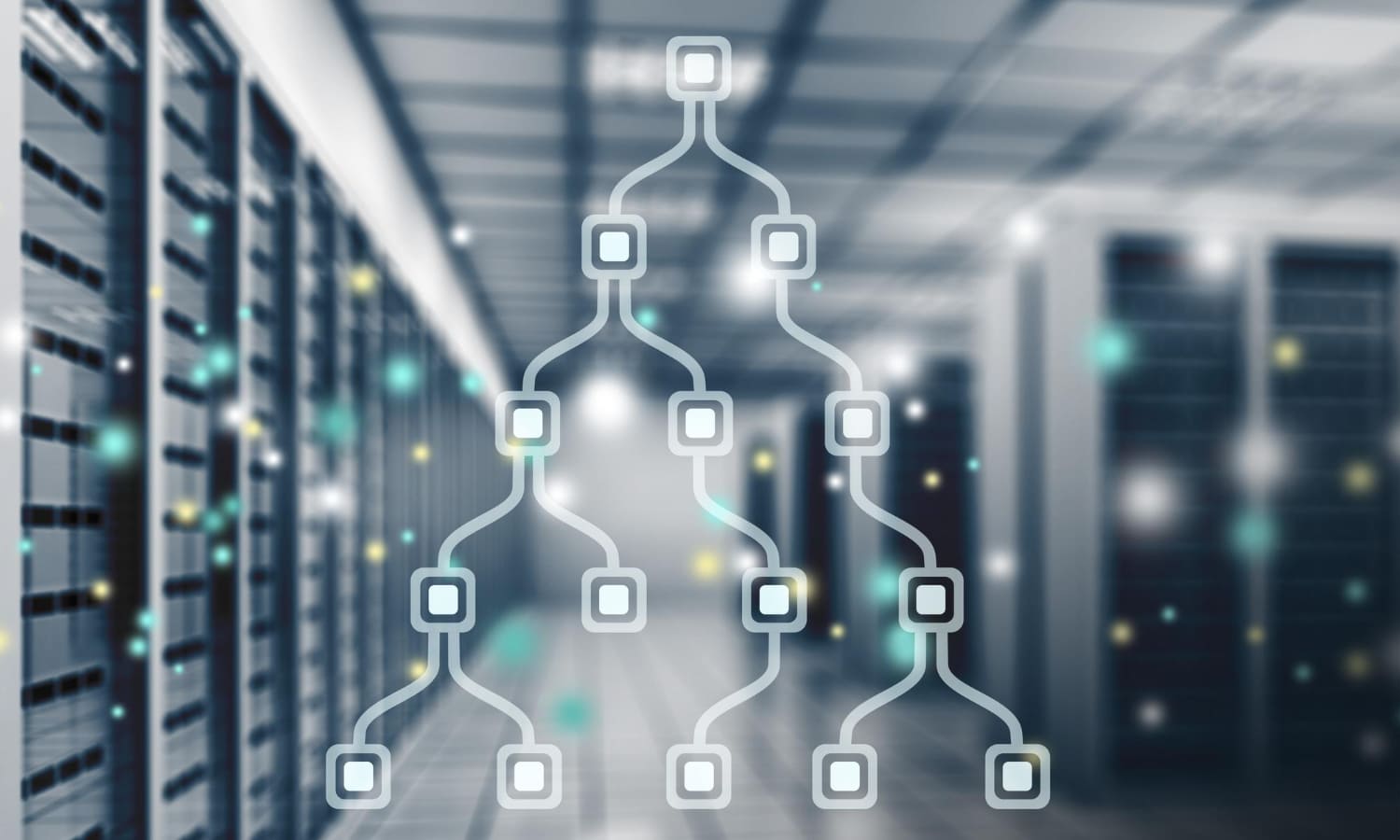Telecommunications have evolved considerably in recent decades, and fiber optic networks represent one of the most important technological advances. These networks, which use pulses of light to transmit data, are now the foundation of modern communications infrastructure. But why fiber optics? And what are its benefits for users?
What is fiber optics?
Fiber optics is a type of cable made of extremely thin glass or plastic, which allows the transmission of information in the form of light signals. Unlike traditional copper cables, fiber optics offers a much higher data transfer capacity, making it the ideal solution for current and future telecommunications needs.
Benefits of using fiber optics
1. Superior Speed
One of the biggest advantages of fiber optics is its impressive speed. It allows data transfer at speeds of gigabits per second, making it indispensable in the digital age. Whether it’s 4K video streaming, online gaming, or video conferencing, fiber optics ensures a smooth experience.
2. Stability and Reliability
Fiber optic networks are less susceptible to electromagnetic interference, providing stable connections even in adverse weather conditions. This is essential for users who depend on a constant connection for critical activities.
3. High transfer capacity
Fiber optics can support large volumes of data simultaneously, without loss of quality. This capacity is vital for companies, telecommunications networks, and users operating in environments with intense information traffic.
4. Durability
Fiber optic cables are more resistant to wear and corrosion compared to copper ones. This durability reduces maintenance costs in the long term, making them an effective investment for telecommunications infrastructure.
5. Increased security
Fiber optic offers a high level of security, as it is very difficult to intercept transmitted signals. This advantage is crucial in protecting sensitive data for institutions, companies and individual users.
Fiber Optic Applications in Telecommunications
Fiber optics are widely used in various fields, including:
- High-speed Internet – Fiber optic connections offer the fastest and most stable internet services available.
- Digital Television – Allows the transmission of high-quality content (HD, 4K, 8K) without delays or signal loss.
- Telemedicine – Provides secure and fast connections for remote diagnosis and treatment.
- Surveillance Systems – Ideal for high-resolution video monitoring networks.
The future of telecommunications is on fiber optics
Given the increasing demand for fast and secure data transfer, fiber optics will continue to plays a key role in the development of telecommunications infrastructure. Its implementation not only provides modern solutions for current needs, but also paves the way for future technologies, such as 5G, the Internet of Things (IoT) and virtual reality.
Whether you are a company looking to improve your telecommunications infrastructure or a user looking for the best solutions for stable and fast connections, fiber optics is the answer. Contact our team of specialists for consulting and customized solutions that perfectly meet your needs.





